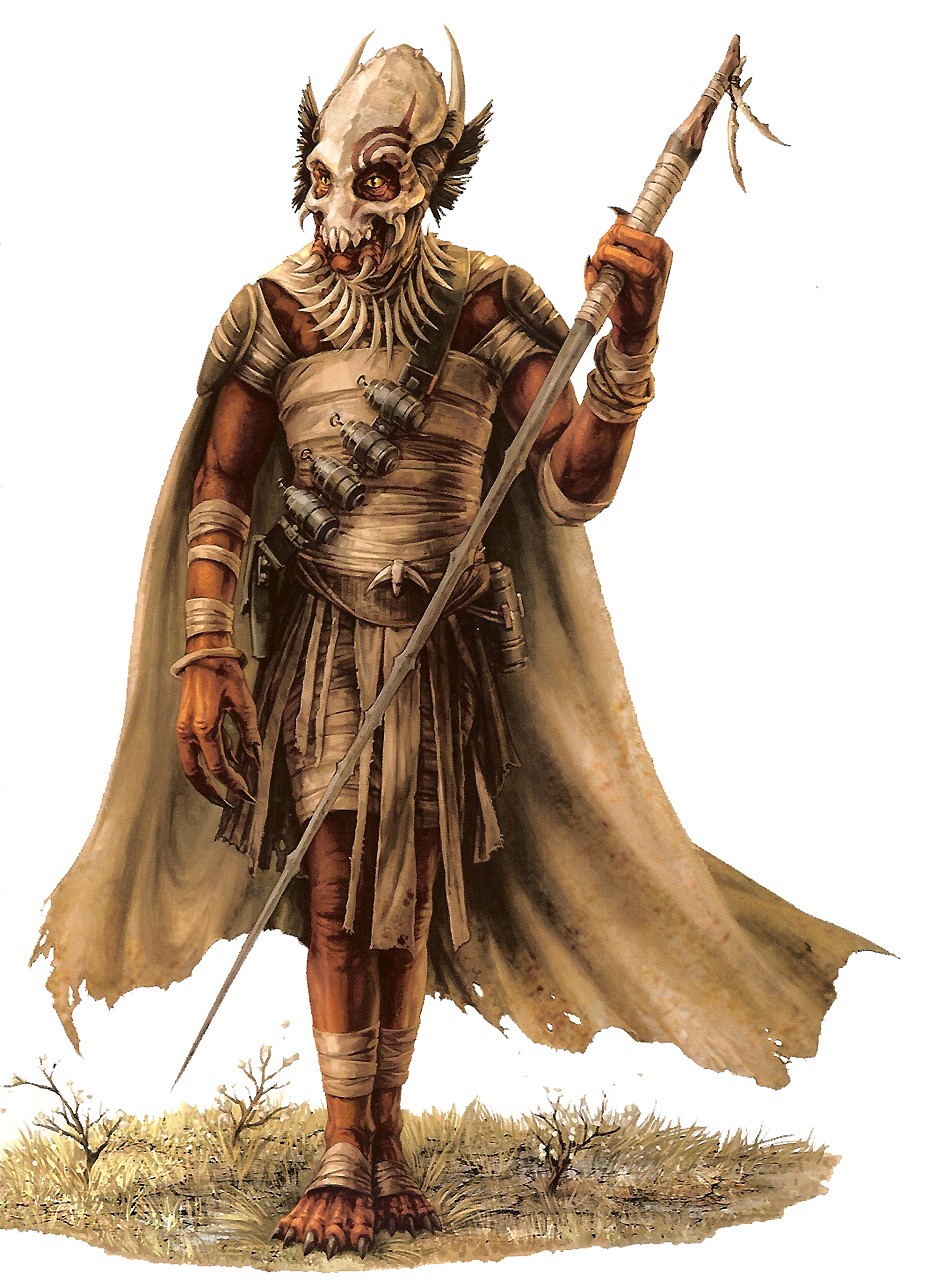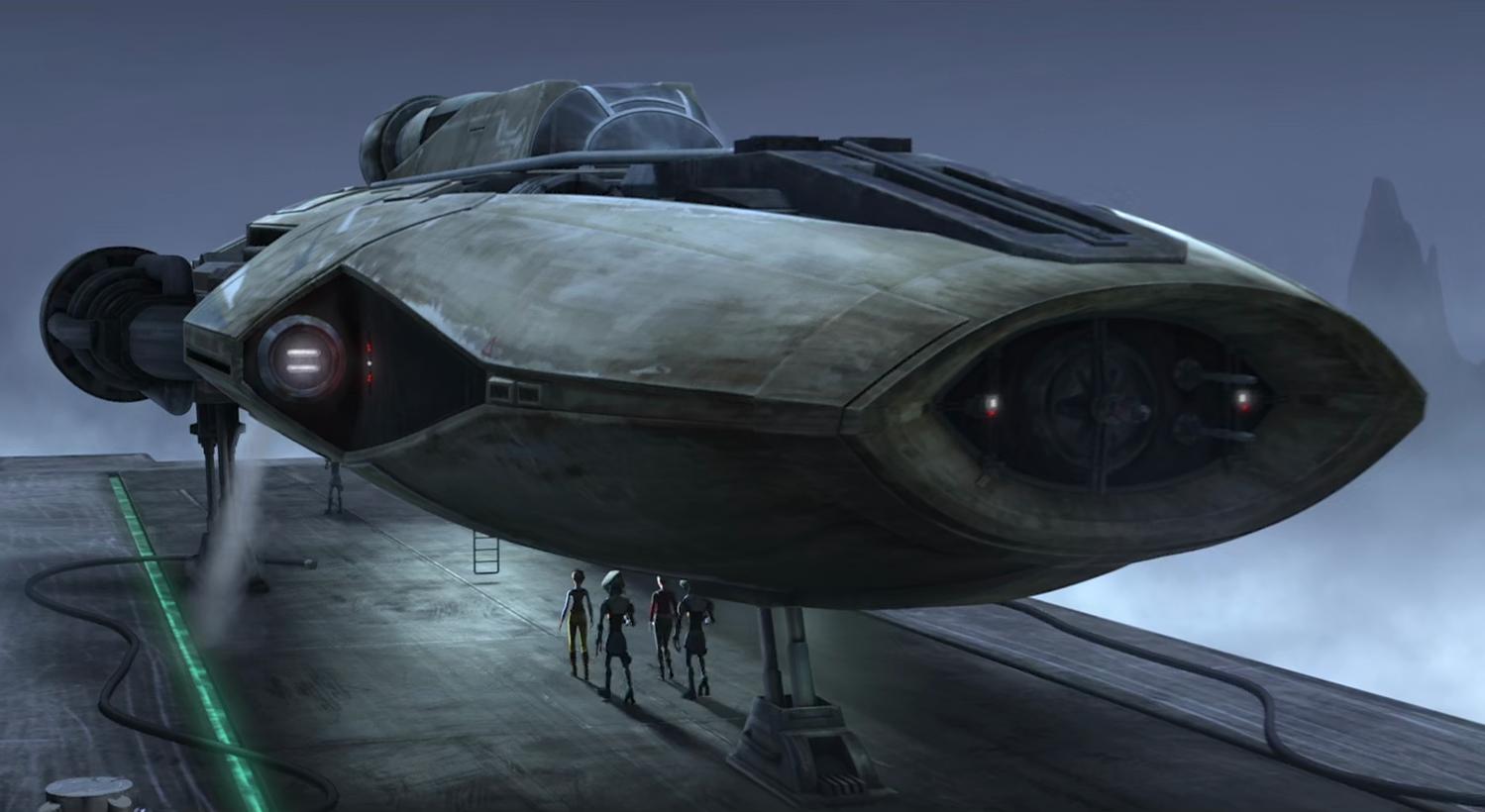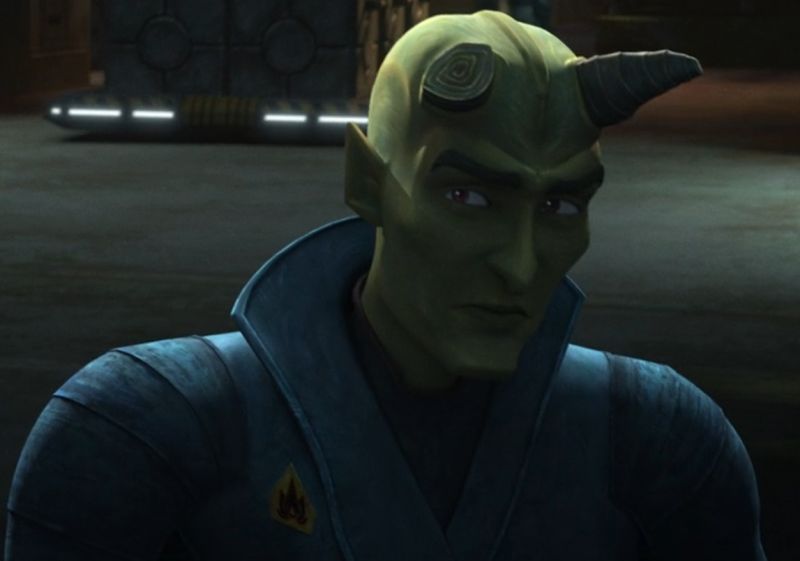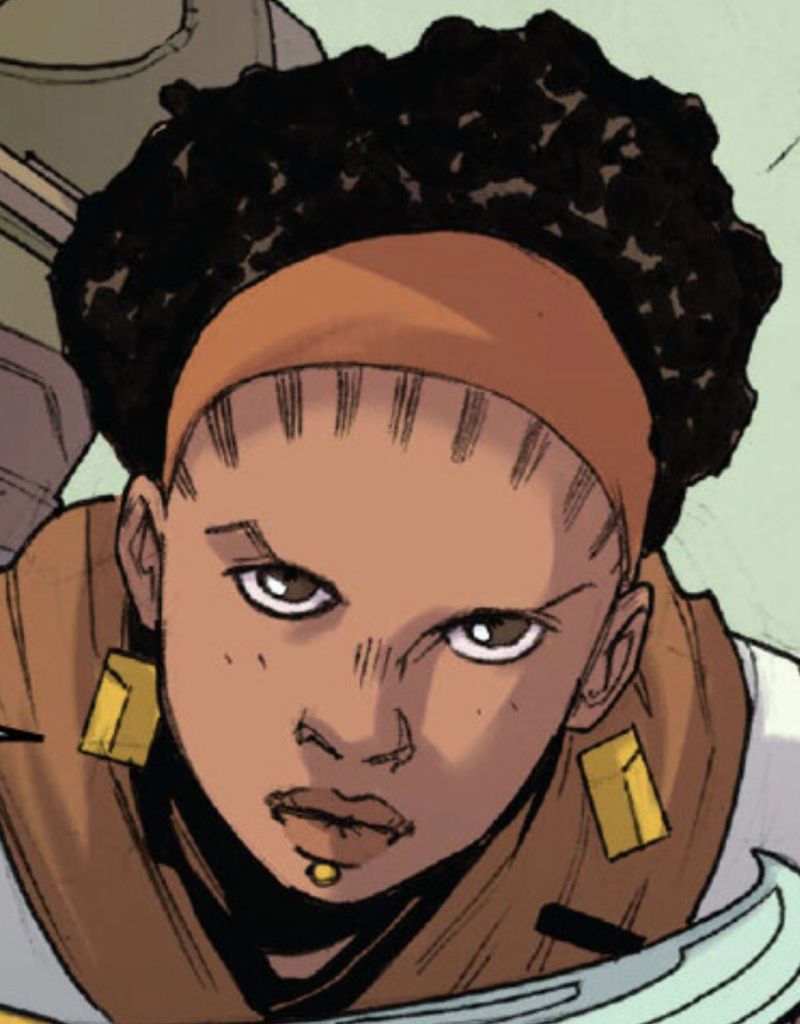 Name: Kaleesh
Designation: Sentient
Classification: Reptile
Average height: 1.6ââ¬â1.8 meters
Average mass: 80 kilograms (males), 75 kilograms (females)
Skin color: Red, Orange, Yellow
Hair color: Black and brown
Eye color: Yellow
Distinctions: Four digits, tusks
Average lifespan: Up to 80 standard years
Homeworld: Kalee
Language: Kaleesh
Attribute Dice: 12D
Dex: 2D/4D+1
Know: 2D/3D+2
Mech: 2D/3D+2
Perc: 2D/4D+1
Str: 2D/4D+1
Tech: 2D/3D+2
Special Abilities:
Sensitive Olfactory Sense: Kaleesh have a sensitive sense of smell, gaining +1D to all smell based sense tests.
Story Factors:
Masks: It is traditional for Kaleesh to wear fearsome masks, and decorate their faces, and only rarely will an outside see an Kaleesh unmasked.
Polygyny: Kaleesh practice polygyny, a form of polygamy, where a male courts multiple wives.
Move: 10/12
Description: Kaleesh were reptilian humanoids from the planet Kalee. They had scaly skin, tusks, and long nostrils, though few outsiders ever saw a Kaleesh face that was not obscured behind a traditional mask. Kaleesh culture was deeply spiritual and warlike. War was seen as an essential part of life, and wars between tribes were common.
Biology and appearance
Kaleesh had maroon scaly skin, four-clawed hands, and five-clawed feet. Each Kaleesh hand featured two opposable thumbs. Because of the thermal pits under their eyes, Kaleesh could see in the dark. Tusks protruded from their upper jaw, and shorter ones jutted from their chins. Kaleesh had large pointed ears and long nostrils that stretched close to their eyes. They had very keen olfactory sense and produced pheromones. Their internal organs were extremely flammable. Most of their facial features were obscured behind the traditional masks they wore, and outsiders rarely saw Kaleesh unmasked.
Grievous, a cyborg Kaleesh, had a digitigrade stance, but this does not appear to have been representative of the Kaleesh as a whole and may have derived from his reconstruction based on a Krath war droid.
Society and culture
The Kaleesh were a spiritual people, believing that those who performed great deeds in life became gods in death. Therefore, burial places were sacred to them. Many temples were devoted to their ancestor gods, the holiest of which was called Shrupak. Abesmi, a great monolith of stone in the Jenuwaa Sea, was the place the Kaleesh believed the gods ascended to the heavens. Pilgrims took the perilous voyage to Abesmi to beseech the gods. As of the New Republic era, the late General Grievous, former Kaleesh warrior Qymaen jai Sheelal, had joined his species' pantheon of religious deities.
Their society was divided into numerous tribes, including the Lig, and the Kaleesh were known to take multiple wives and have many children. War was viewed as an essential and sacred practice, and the culture's large emphasis on honor was known to spur many acts of vengeance among the various tribes. However, when necessary, the tribes would put aside their differences and bond to fend off a common enemy. Typical Kaleesh weaponry included a Czerka Arms Outland rifle, a Lig sword, and a Shoni spear.
They practiced polygyny, a form of polygamy, where a male courts multiple wives.
History
The Old Republic
By the time of the Galactic War, Kaleesh had recently arrived in the civilized galaxy. They were quickly recognized as proud, honorable and deadly warriors by both the Galactic Republic and the Sith Empire. Most Kaleesh were opposed to the xenophobic Sith Empire, but the species fought on both sides of the conflict, as well as for Darth Malgus' New Empire, or served as bodyguards for the Hutt Cartel. During this time, several Kaleesh were known slaves of the Sith Empire and were occasionally trained when seen to have Force abilities. An example of this is a Kaleesh known as Xalek, who became apprenticed to a prominent Sith Lord on the Dark Council. Kaleesh also trained as Jedi, such as Cin Tykan, a Jedi Master. They were also known prisoners of the infamous prison planet Belsavis and played lesser roles across the galaxy at the time. Despite segregation within the Sith Empire, one of them, Razer, gained a Sith Lord title.
The Bitthævrian threat
Around 65 BBY, the Republic had been having strained relations with Guiteica, homeworld of the Bitthævrians, due to their non-membership. After a few years of failed negotiations, a Republic-backed soldier attempted to stage a coup against Guiteica's leader in order to force the planet to join the Republic. The attempt failed, however, and caused a surge of violence and hostility toward all Republic stations within the surrounding Kadok Regions.
Kalee, near the edge of Bitthævrian space, though a mostly unnoticed planet considered backwater by the Republic, would have had nothing to fear from the m'Yalfor'ac Order, as the Bitthævrian military was known. However, Republic administration wished to keep the rebellion a secret, and rather than making noise by having their own forces terminate it, convinced the Kaleesh that they were indeed in danger. Quietly sending a group of military instructors to the planet, the Republic trained and armed the Kaleesh military forceââ¬âKolkpravis.
Armed with projectile-firing Czerka Outland rifles and backed by a small group of Knights sent by the Jedi Council, the Kolkpravis were able to end the perceived threat of the Bitthævrian to the Republic. Notably, the grandmother of Qymaen jai Sheelal participated in the Kaleesh assault.
The Huk War
The Huk War was a long conflict prior to the Clone Wars, beginning when the Yam'rii of the neighboring planet Huk, having overpopulated their own planet, began taking over and colonizing nearby worlds, eventually arriving at Kalee. They captured millions of Kaleesh and sold them into slavery. The Kaleesh, led by Sheelal and Ronderu lij Kummar, rebelled against their invaders in a bloody series of battles that left multitudes dead on both sides.
After obliterating the Yam'rii presence on Kalee, Sheelal led his warriors back to the Yam'rii colony worlds, massacring civilians as well as soldiers. The Yam'rii petitioned in the Senate for Republic intervention, and received as much when a dispatch of Jedi arrived to end the war. The Senate imposed harsh sanctions on Kalee, plunging the world into an economic crisis. However, this crisis eventually ended when the InterGalactic Banking Clan helped the planet in economic repairs in exchange for the services of Grievous.
Following the Huk War, the Yam'rii desecrated the burial grounds of the Kaleesh on the planet Oben, prompting Kaleesh warlord Qymaen jai Sheelal to return from working for the Banking Clan to again lead the Kolkpravis. The Banking Clan sabotaged Sheelal's shuttle, nearly killing him and killing seven of the eight Izvoshra, elite warriors who protected him and carried out his will. Qymaen was later resurrected as the Separatist cyborg General Grievous, who played a pivotal role in the Clone Wars.
The Kaleesh supported the Confederacy of Independent Systems during the Clone Wars until its defeat in 19 BBY and the death of General Grievous at the Battle of Utapau. Years afterwards, Grievous would be worshiped as a deity on Kalee. The sole surviving Izvoshra, a tyrant of Kalee's western hemisphere named Bentilais san Sk'ar, rallied the Kolkpravis and led the slaughter of the Yam'rii on Oben, where he subsequently moved his people.
Galactic Empire
Due to their ties to the Separatist movement and their role in the Clone Wars, the species was presumably targeted for retribution by the newly risen Galactic Empire. For nearly a decade, the Kaleesh under warlord Bentilais san Sk'ar held out against the Imperials until they were finally routed on Oben by Captain Thrawn, who was usually able to study his adversaries' art and devise a strategy to defeat them from there. In the case of the Kaleesh, Thrawn was unable to comprehend the works of art, and so leveled Oben with his Star Destroyers, presumably inflicting heavy casualties and ending the insurrection.
Given the species' cultural focus on valor and honor in combat, Sk'ar recognized the Empire's superior technology and tactics and held no ill will against the victors since his people had died with honor. Thus when approached by Captain Rel Bentin, Sk'ar offered his life or his services. Bentin, intimidated by the towering figure of Sk'ar, brought the Kaleesh before Emperor Palpatine. Despite the Empire's xenophobia towards Non-Humans, the Emperor was impressed enough by the Kaleesh's courage and potential to accept Sk'ar into the ranks of his Imperial armies.
Thus, Sk'ar went down in galactic history as one of the few Non-Humans to reach an important position within the humanocentric Galactic Empire besides Grand Admiral Thrawn, Fleet Admiral Krieg, Procurator of Justice Hethrir, and a few others. With an Imperial strike force under his command, Sk'ar embarked on a campaign across the Jahilid Drift, conquering several worlds and making a name for himself in the Imperial military.
Preferring to use divide and conquer tactics rather than flat out bombardment, Sk'ar's plans put his troops at lessened risk while putting the worlds he overran under stronger Imperial control. His campaigns eventually brought him to Shiva IV; however, there he was thwarted by agents of the Alliance to Restore the Republic. Attempting to evade defeat, he was killed when the Wookiee Chewbacca threw a solid steel gun mount at his starship, causing Sk'ar's aircraft to explode.
Meanwhile, the Kolkpravis was taken over by a female Kaleesh believed to be the second coming of Grievous's dead soulmate, Ronderu lij Kummar.
Darth Krayt's Sith Empire
By the time of the Second Imperial Civil War, 137 ABY, Imperial discriminatory policies had been eliminated, several Non-Humans served within the Imperial military. Such was the case of a Kaleesh stormtrooper, stationed aboard the Relentless, a ship that served as transport for the Galactic Emperor Darth Krayt.
|












